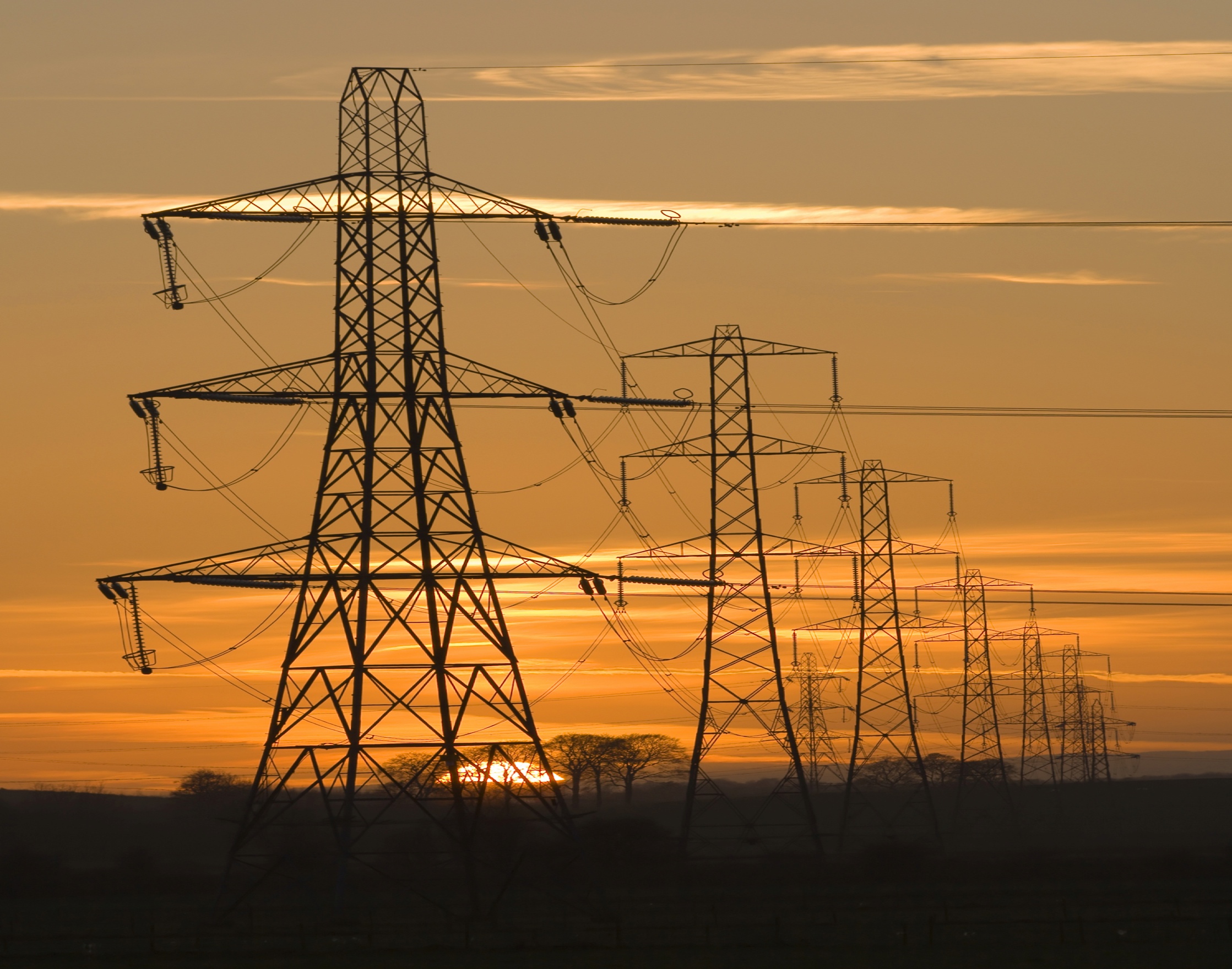
The Legislative Commission on the Future of the Long Island Power Authority continues to flout its statutory deadlines. After holding public hearings more than two months late, it has now blown past its December 31 deadline for producing a draft plan for revamping LIPA into a true publicly owned power authority.
Its next deadline — for a final plan — is April 1. This means it must still produce a draft plan, hold more hearings, and complete the final plan during a legislative session that may be especially contentious due to a looming fiscal shortfall.
The Commission began its work months later than necessary, due to an inexplicable delay by legislative leaders in appointing members to it. It would now seem to be long odds that they’ll finally get on track and get their work done in the time frame the law requires.
On the other hand, the statute made it very clear what the Commission is supposed to do. It’s not supposed to dig deep into analyzing how best to solve Long Island’s long-standing power woes. It’s supposed to reach a pre-ordained conclusion and report “on the specific actions, legislation, and timeline necessary to restructure LIPA into a true publicly owned power authority.”
But as I’ve previously written, a public power model won’t solve the problems that supposedly justify a transition to public power: a massive debt load and the island’s susceptibility to severe storms. The first causes energy prices to be high. The second has been the overwhelming cause of service disruptions.
A public power utility can’t simply eliminate LIPA’s debt (although it can often borrow at lower cost than private utilities). And without the expertise of LIPA’s private contractor Public Service Enterprise Group (PSEG), LIPA would have taken on even more debt to build unneeded electricity generation capacity. PSEG prevented that unnecessary expenditure, saving Long Islanders roughly 25 times what LIPA pays them annually for managing the electrical grid. That’s expertise worth paying for, and that may be lost for some time – long enough to make critical mistakes – if LIPA is made into a true public utility without a private partner. Of course LIPA can contract for outside consulting, but that also would cut deeply into the savings that public power advocates predict will come from eliminating the private management model.
LIPA has even less ability to change Long Island’s geographic exposure to fierce Atlantic storms. Only some combination of building stronger power poles, burying power lines, and protecting substations from flooding will dramatically reduce the risk of storm-caused power outages. This can all be done, given both time and money. But the money may be hard to come by for a deeply indebted utility and will ultimately be paid for by energy consumers – whether the utility is public or private.
The best outcome for Long Islanders, ironically, could be for the Commission to continue to fail. It assuredly is not going to resolve the long-standing problems besetting Long Island power production. If it cannot meet its deadline to produce a plan, perhaps the whole misguided project will fade away. Then, as unlikely as it may be, there would be an opening for a more serious project of examining Long Island’s future energy needs.
But if this project is rushed through in the short time remaining, while legislators on the Commission are distracted by other demands of the legislative session, little good is likely to come of it. It will be important for Long Islanders to pay close attention to the draft plan, if the Commission finally produces one, and make their voices heard.








